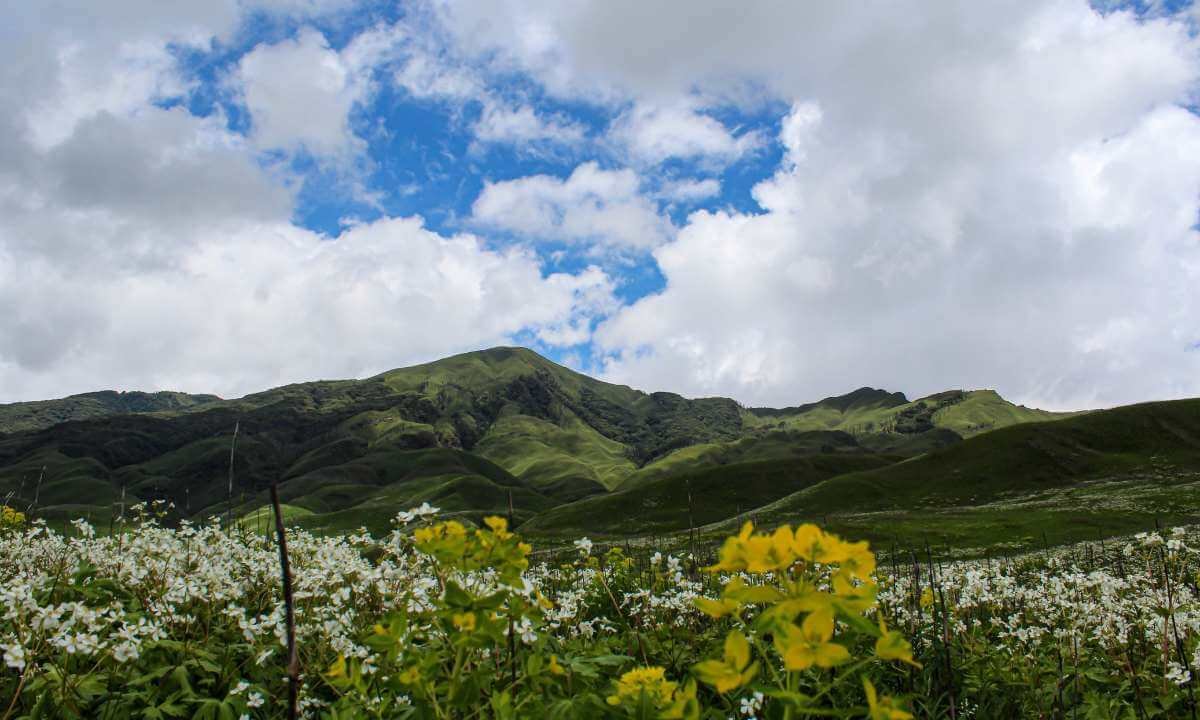Discovering Nagaland: The Ultimate Filming Locations for Content Creators
Filmmakers and content producers can enhance any project by exploring Nagaland, a hidden jewel in Northeast India that provides a distinctive blend of landscapes, cultures, and traditions. With its verdant hills, lively ethnic tribes, and rich cultural legacy, Nagaland is more than just a place to visit; it's an experience that needs to be documented on camera. In this blog, we'll look at some of the top spots in Nagaland for filming and offer helpful advice on using these breathtaking settings.
The Allure of Nagaland
Nagaland, a region in northeastern India known for its varied cultural history and stunning environment, is tucked away amid steep terrain. This state has many photo and film options, from colorful festivals to undulating hills. Traditional towns dot the terrain, each with distinctive architectural designs and customs that lend depth and authenticity to any film project.
Significant Filming Sites
- Dzukou Valley
Dzukou Valley is frequently called the “Valley of Flowers ” because of its breathtaking display of wildflowers during the monsoon season. Because of the lush foliage and expansive views, it’s the perfect place for romance sequences in movies or nature documentaries. It is not easily accessible because you must hike from the closest road, but the benefits are well worth the effort. Filmmakers should schedule their shoots between June and September when the valley is in full bloom.
- Kohima War Cemetery
This historical monument offers a somber setting for thoughtful storytelling and honors the soldiers who fought in World War II. The gravestones and well-kept gardens provide a moving visual that complements historical or memorial stories. To guarantee respect for the place, filmmakers wishing to film here need to obtain permission from the local authorities.
- Longwa Village
The Konyak tribe, renowned for their intricate customs and handicrafts, resides in Longwa Village, close to the border between India and Myanmar. Thanks to the village’s distinctive architecture and lively culture, documentaries or cultural films can be set in an authentic location. By documenting customs like weaving and bead-making, content producers can provide audiences with a glimpse into Naga culture. When filming here, keep in mind the traditions of the locals.
- Mokokchung District
Mokokchung is renowned for its authentic Ao Naga culture and gorgeous scenery. The area has several picturesque locations, including the Mopungchuket hamlet and the Langpangkong Caves. These settings are ideal for capturing bits of culture and the grandeur of nature. Filmmakers might also interact with the local tribes to include traditional music and dance in their works.
- Meluri
Meluri, home to Dzudu and Shilloi Lakes, has breathtaking hilltop lakes. These lakes are ideal for pensive scenes or calm images in movies. Filmmakers searching for scenic settings without a lot of travel may find it appealing because it is relatively easy to get to than other remote spots.
Traditional Elements to Include
Traditional Naga aspects can be incorporated into films to improve them:
Costumes: Wear traditional clothing from different tribes, such as the Konyaks’ elaborate beadwork or the Ao tribe’s vibrant shawls.
Music: Work with regional musicians to incorporate traditional Naga music into your film’s score.
Festivals: Arrange photo shoots around regional celebrations such as the Hornbill Festival, which features culinary, artisan, and dance demonstrations.
Cuisine: Film scenes highlighting local items during meal preparation or scenes using traditional cooking techniques.
Innovative Ideas Adapted to the Spirit of Nagaland
To get the most of Nagaland’s visual attractiveness, think about these imaginative ideas:
Vlogging Adventures: Document your travels through vlogs that showcase the villagers’ interactions with you and the landscape of Nagaland.
Cultural Documentaries: Make cultural movies that highlight the distinctive customs of particular tribes or festivals.
Music Videos: Use picturesque backdrops like Dzukou Valley or Shilloi Lake to create visually striking music videos that are in tune with nature.
Photography Projects: Create photo essays depicting scenes from everyday life in Nagaland, emphasizing capturing images of the people who live there making traditional crafts.
Useful Advice for Filmmakers
Permits: It is important to confirm whether filming in a particular location, particularly in historical or tribal areas, requires a permit.
Weather Considerations: Plan for severe rains in Nagaland during the monsoon season, which runs from June to September. Generally speaking, October through April are the most incredible months to shoot because of the more consistent weather.
Local collaboration: Collaborating with regional production companies such as Highland Dawn Media or Trisna Films will help you with your shoot and solve any logistical issues.
Respect Local Customs: When filming in tribal areas, be aware of cultural sensitivities and always get permission before taking pictures of people or places of worship.
Conclusion
Nagaland is a fantastic place for filmmakers looking to capture unique landscapes and intricate cultural stories. Content artists may create captivating stories that connect with viewers across the globe by exploring its distinctive locations, such as Dzukou Valley and Longwa Village while honoring local customs. Nagaland’s appeal will surely inspire your creative journey, whether you’re making a music video documentary or just taking beautiful pictures.

